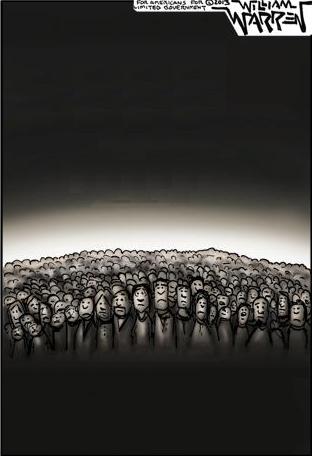The precipitous drop in the nation’s labor participation rate has fueled a debate amongst economic prognosticators about what it means for America’s economy. Some, like the Philadelphia Federal Reserve’s Shigeru Fujita, say the rate is declining naturally due to our nation’s population aging and Baby Boomers hitting retirement age.
Others, like this author, have pointed to the Bureau of Labor Statistics data showing seniors are actually participating in the workforce at an even greater percentage than in the past.
On January 15, I wrote a piece published at Forbes.com, “Retirees are not the labor exodus problem,” in which I assembled data on contributions to the declining labor force participation rate, now at a 36-year low.
Since 2008, the civilian non-institutional population has jumped by 11.9 million, yet the civilian labor force has only increased by 1.1 million, according to annual figures published by the Bureau of Labor Statistics.
As a result, the participation rate has dropped from almost 66 percent throughout 2008 to its current level of 62.8 percent, the lowest it’s been since 1978.
In the Forbes piece, I noted that those 65 years old and over, because they were working longer, had added 1.13 percent to the labor participation rate, and those 55-64 years old added another 2.39 percent to it.
That in short, if older Americans were not working longer, the participation rate would be even lower than it already is. And that is certainly true.
However, after continuing to evaluate this issue, it became clear that this did not tell the whole story.
What it left out was who was not participating, and how old they are, numbers critical to making the case that the collapse of labor participation is a retirement problem.
To put this dilemma about what is happening in the U.S. workforce into perspective, younger Americans are certainly participating less. The participation rate for those aged 16-24 has dropped from 61.56 percent in 2003 to an average annual 55.05 percent in 2013. 25-54 year olds’ participation rate dropped from 82.98 percent to 82.01 percent.
This is a major problem as younger Americans are failing to enter the labor force and get their careers started.
Yet, younger Americans make a significantly smaller percentage of the population now. Those between the ages of 16 and 54 used to make up 71.9 percent of the non-institutional population in 2003. Now, they only make up 66.4 percent. This shift in population has made a tremendous difference in terms of the reported labor participation rate.
So has the increase of older Americans as a percentage of the population. Those aged 55 and older have increased from 28 percent of the overall population to 33.6 percent in just 10 years.
All of these factors show based on an Americans for Limited Government study of Bureau data that those aged 65 and older added 1.04 percent to non-participation. Those aged 55-64 added 0.95 percent to non-participation. 25-54 added 0.13 percent to non-participation. And 16-24 added 0.87 percent.
So even though older Americans are working longer and contributed to a net increase in participation, because they make up such a larger percent of the population, they simultaneously drove up the non-participation rate.
And although younger Americans are participating less, because they make up a smaller percent of the population, this limited their impact on non-participation.
In short, the aging workforce and retirees have unquestionably driven the participation rate lower, by almost 2 percent, accounting for about two-thirds of the drop.
All that said, poor labor market conditions have undeniably prevented about 4.9 million younger and middle-aged Americans from working or even looking for work — because there’s no work to be found. This too has driven labor participation lower, by 1 percent.
The 4.9 million are spread almost evenly between 2.5 million 16-24 year olds and 2.4 million 25-54 years olds. If these Americans were included in the labor force, the unemployment rate today would be about 9.5 percent or so, and not the 6.7 percent currently reported.
This underscores the continued weakness of the labor market, more than five years after the financial crisis.
It remains true that retirees are not the labor exodus problem. They are not the ones we need to worry about. It is those younger failing to enter the labor force who are not going to be able to get ahead that deserve our attention.
Even when the role of retirees are properly taken into account over the past decade, the fact remains that the current economy is not producing nearly as many jobs as it once did. And until it does, the impact on younger Americans trying to get their start will continue to be devastating — a sustained lost generation of opportunity.
Robert Romano is the senior editor of Americans for Limited Government.







